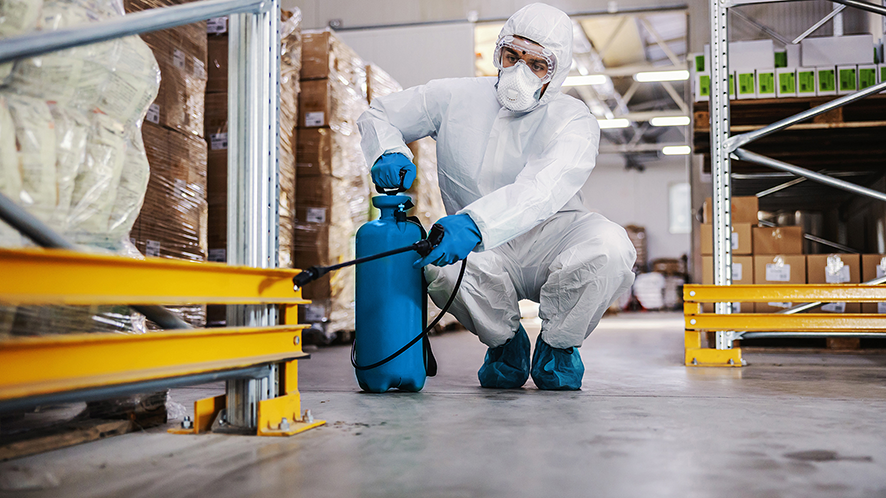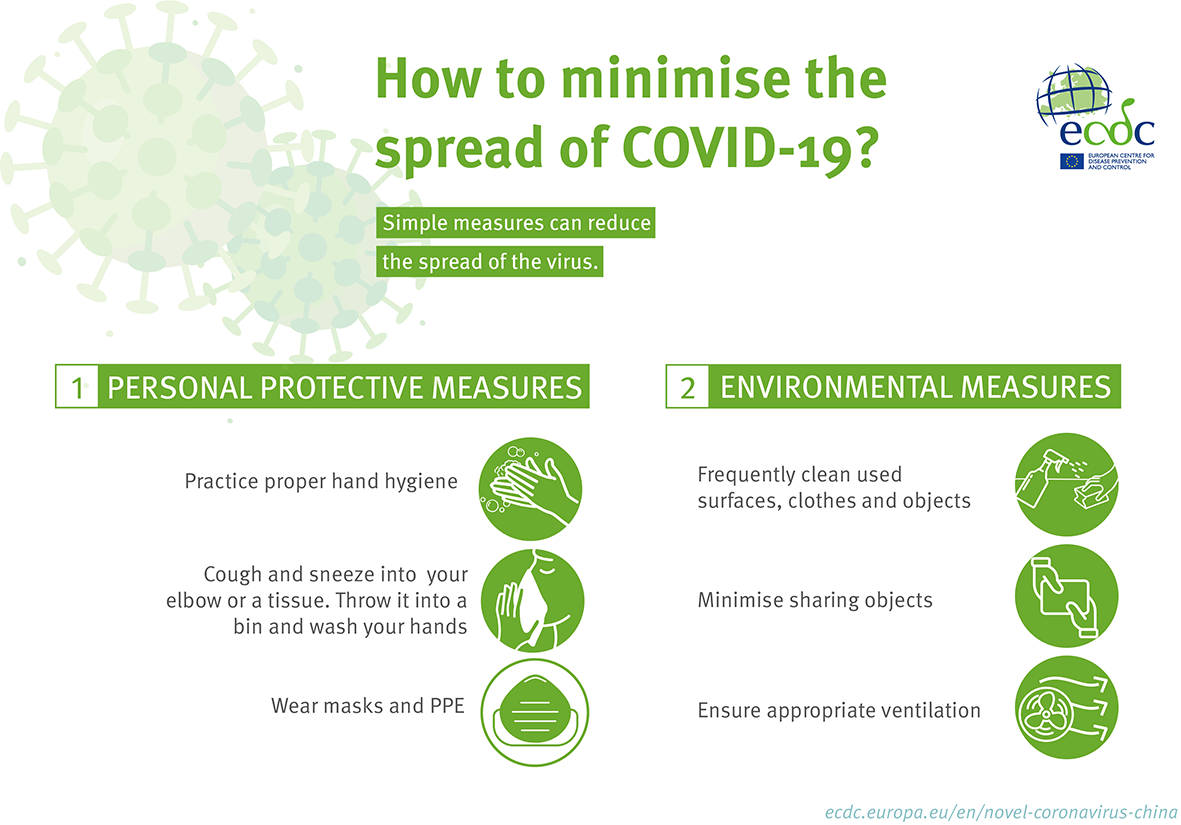Published: 27/05/20 16:13 Categories: Microbiology
For the second time in the 21st century, humanity is facing a pandemic. This time, however, the challenge is even greater than in the case of the H1N1 influenza virus, since we have witnessed the world's most populous capital cities turn into ghost towns.
Despite the fact most countries are following the WHO's recommended guidelines regarding social distancing measures as one of the methods to reduce transmission, consequently leading to the closure of shops, schools, companies, as well as travel restrictions and the implementation of home office, there are essential industries that cannot afford to stop their activities, even for a situation as extreme as COVID-19.
But, is it possible to be infected by COVID-19 through food?
The food industry is one of these essential fields, where keeping both workers and food safe, and protected to avoid endangering consumers, is a priority in order to avoid a rupture in the supply chains, to successfully overcome the pandemic, and simultaneously retaining the consumer’s trust in food’s safety and availability.
It is important to remember that there are already strict general hygiene regulations within the European Union in the agri-food industry, which all food-related companies must follow and implement. These controls, already implemented prior to the pandemic, are designed to prevent contamination of food by any pathogen, including SARS-CoV-2, the virus responsible for COVID-19.

In this sense, and according to the current available research, it is highly unlikely that the infection can be transmitted through food or its packaging. In addition, it should be noted that there have been no reports of transmission through food consumption to date, so the European Food Safety Authority (EFSA) has stated that there is no evidence to suggest that food poses a danger to public health in relation to it.
All of this evidence is based on the fact that COVID-19 is a respiratory disease, whose main route of transmission is person-to-person contact, direct contact with respiratory or Flügge droplets and fomites (an inanimate material, object or substance that is capable of carrying infectious agents), from patients infected with the virus. Currently, there is no indication to suggest that viruses causing respiratory diseases are transmitted through food or food packaging. Specifically, the subfamily of Orthocoronavirinae, or Coronavirus, requires a human or animal host to replicate itself, since it cannot do so through food.
What actions is the food industry taking regarding COVID-19?
Recent research has assessed the survival of the virus on different surfaces and has concluded that, under controlled conditions of relative humidity and temperature, SARS-CoV-2 maintains its viability for up to 3 days on plastic and stainless steel, 4 hours on copper and up to 1 day on cardboard. Nevertheless, there is no evidence to suggest that contaminated containers exposed to diverse environmental and temperature conditions transmit the infection.
However, as the virus present on the skin can be transferred to the respiratory system, personnel handling the containers should follow hygiene practices to avoid its propagation. Regular training as a reinforcement is also important.
The aim of the measures is to eliminate the risk of contamination being carried by an infected worker on both food and containers surfaces.
To this end, personal protective equipment (PPE) such as masks and gloves can be effective in reducing the spread of viruses and diseases, but only if used properly.
The following illustration from the European Centre for Disease and Prevention Control (ECDE) shows the above-mentioned series of measures to be taken.

Does the pandemic affect food safety?
In addition, the WHO has advised the food industry to introduce social distancing and rigorous hygiene and cleaning measures, as well as to promote best hygiene practices at all stages of food production, processing, manufacturing and marketing, paying special attention to cleaning, disinfection and sanitation of food production facilities and equipment between batches, in order to avoid cross-contamination.
These measures, together with internal controls and inspection by competent authorities, ensure that food safety is preserved even in this peculiar situation, thanks to the commitment of all those involved, that is from the farm to the dining table. In this respect, we offer a virus transport medium for the collection and transport of surface samples, thus preserving the SARS-CoV-2 until the corresponding tests are performed.
However, the European Commission points out that it is not possible to demand guarantees from suppliers, such as a 'virus-free' certification, as this cannot be justified on the grounds that there is no evidence that food represents a risk, so any guarantee would be disproportionate and consequently unacceptable.
In this respect, the Commission adopted general regulation 2020/466 on last March 30th, allowing Member States to carry out control actions in order to avoid compromising food safety and, in parallel, for these to be compatible with the restrictions established to prevent the spread of the virus. A review of these measures is expected shortly.
This pandemic is a constantly changing situation and every day we learn a little more information about SARS-CoV-2, and its surveillance in relation to food safety. Subscribe to our Newsletter to keep up to date with the latest news.

 Food fraud: How do we detect it?
Food fraud: How do we detect it?
 Visit Us at MEDICA 2025 – Discover Our Precise Detection Solutions
Visit Us at MEDICA 2025 – Discover Our Precise Detection Solutions
 PCR: The Technique Revolutionizing Rapid Detection in the Food Industry
PCR: The Technique Revolutionizing Rapid Detection in the Food Industry
 How Culture Media Ensure the Safety, Efficacy, and Quality of Medicines
How Culture Media Ensure the Safety, Efficacy, and Quality of Medicines
 Meeting us at MEDLAB MIDDLE EAST 2025
Meeting us at MEDLAB MIDDLE EAST 2025